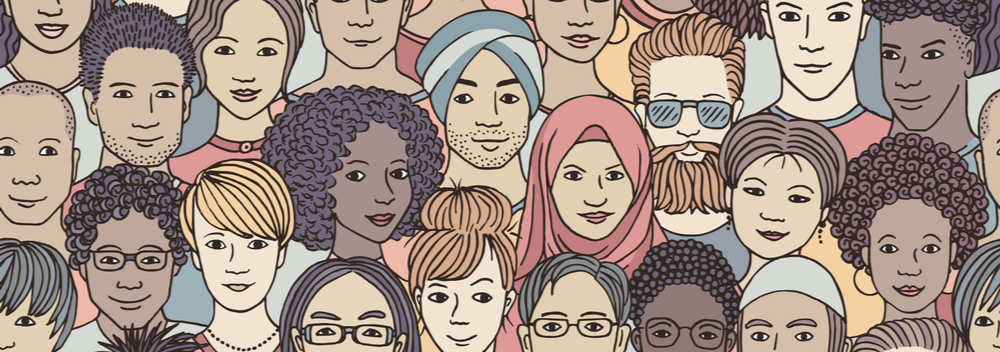Combatting unconscious bias in the workplace
- 3 Min Read
Whether we like it or not, almost no one is immune to the effects of unconscious bias. In an attempt to reduce the time spent on decision making, our brain automatically reverts to quick judgements and stereotypes, and thus unconscious bias occurs outside our control. How can this be managed?
- Author: Melanie Robinson
- Date published: Dec 4, 2018
- Categories

 It is something we are generally unaware is even happening and is influenced by our background, cultural environment and personal experiences, and tends to rely heavily on our stereotypes as well as our tendency to be drawn to people with similar personal context and experiences to our own. Unconscious bias comes in many different forms; from confirmation bias, where we look for information that already supports our beliefs and ignore details to the contrary, to perception bias, where we stereotype people based on our beliefs about the gender or ethnic group they belong to. While it affects us in all facets of life, it presents a particular issue when it comes to the workplace and, more specifically, the issue of diversity in the workplace.
It is something we are generally unaware is even happening and is influenced by our background, cultural environment and personal experiences, and tends to rely heavily on our stereotypes as well as our tendency to be drawn to people with similar personal context and experiences to our own. Unconscious bias comes in many different forms; from confirmation bias, where we look for information that already supports our beliefs and ignore details to the contrary, to perception bias, where we stereotype people based on our beliefs about the gender or ethnic group they belong to. While it affects us in all facets of life, it presents a particular issue when it comes to the workplace and, more specifically, the issue of diversity in the workplace.
Time and time again, studies show that diversity in the workplace is not simply a buzzword, it translates to tangible success. McKinsey’s Delivering Through Diversity report states that “gender, ethnic, and cultural diversity, particularly within executive teams, continue to be correlated to financial performance across multiple countries worldwide”, and goes on to reveal that companies with the most ethnically diverse executive teams are 33% more profitable. In a Catalyst study, it was found that companies with female directors have a 26% higher return on invested capital. All evidence therefore points to a diverse working team as a key factor in innovation and adaptability. There has even been evidence that diverse teams with lower level skills are able to outperform less diverse teams with higher level skills – a telling sign.
So how exactly do we combat unconscious bias if we aren’t even aware we’re doing it? Aside from evaluation tests such as the Implicit Association Test, there is a multitude of training and learning approaches, but the most effective ones are linked to real and applicable scenarios. Participants in diversity training are more likely to remember the processes to combat unconscious bias if they are organised around specific workplace situations, such as recruiting and hiring, team dynamics, and career development.
The Harvard Business Review found one effective method was encouraging participants to each commit to one specific method of managing bias, and checking in with staff across the following months, rather than overwhelming them with psychological jargon and no specific actions. They state that an important part of combatting unconscious bias is deciding on a pre-conceived idea or ‘template’ of what success looks like in your company. Then, when hiring, evaluating, or promoting staff, employees are measured against a specific standard instead of individuals’ own implicit and biased ideas of what success looks like, which often preferences certain groups over others.
By and large, most businesses acknowledge that overcoming unconscious bias is valuable, desirable and will help to ensure diversity, but they are simply not equipped with the right tools to do so. The role of HR is to therefore focus on ensuring businesses are approaching unconscious bias training in a way that will produce quantifiable results and lead to a more unified and diverse work environment.
By Melanie Robinson, Senior Director HRBP Sales, ADP



